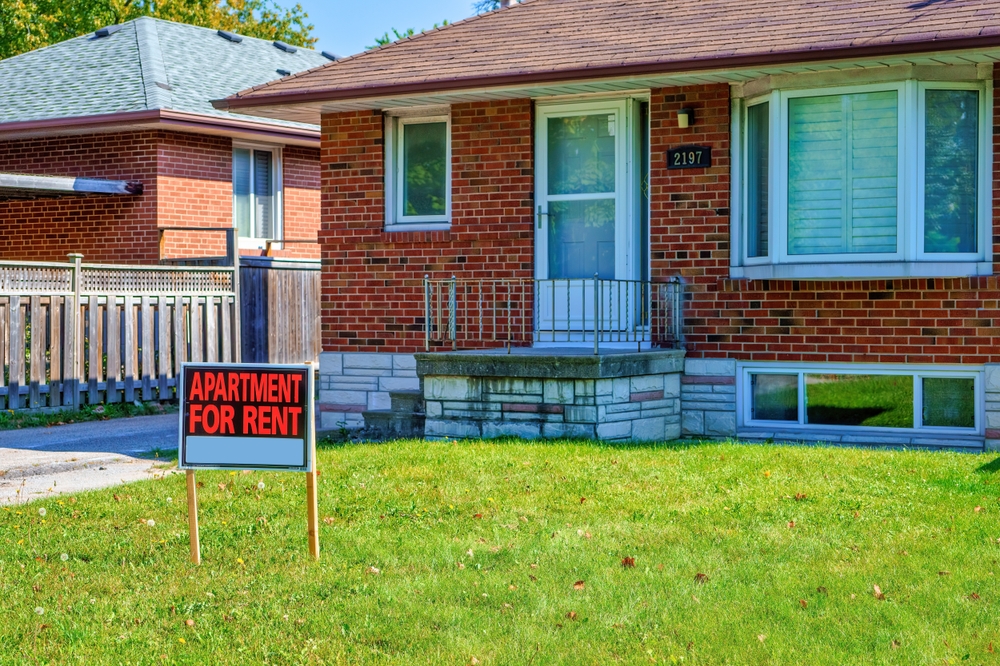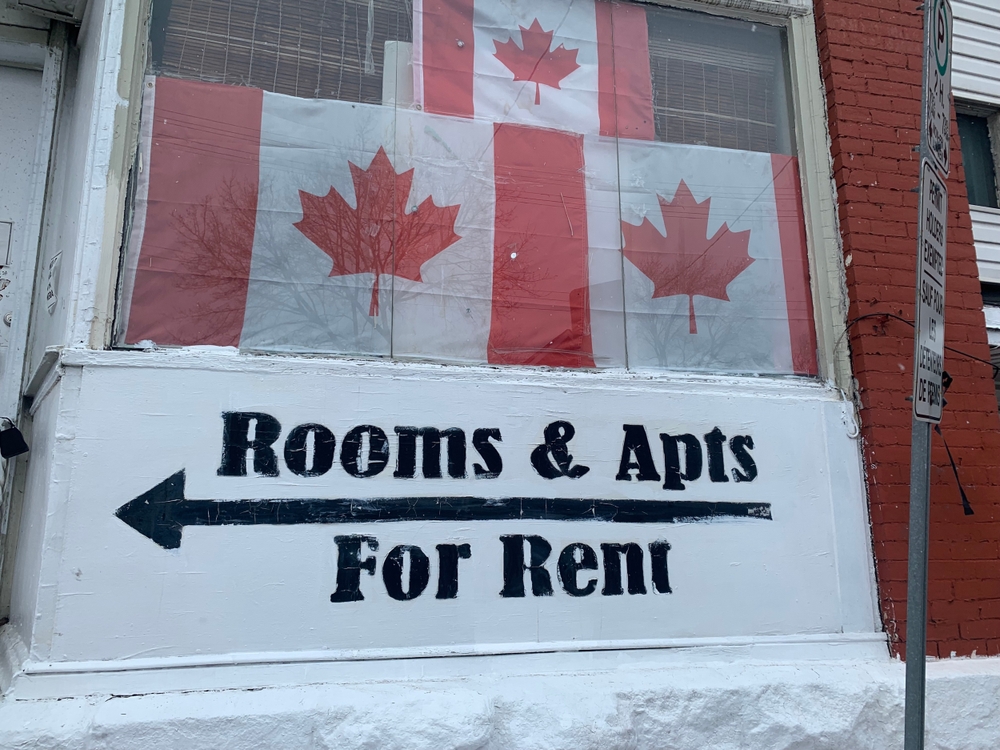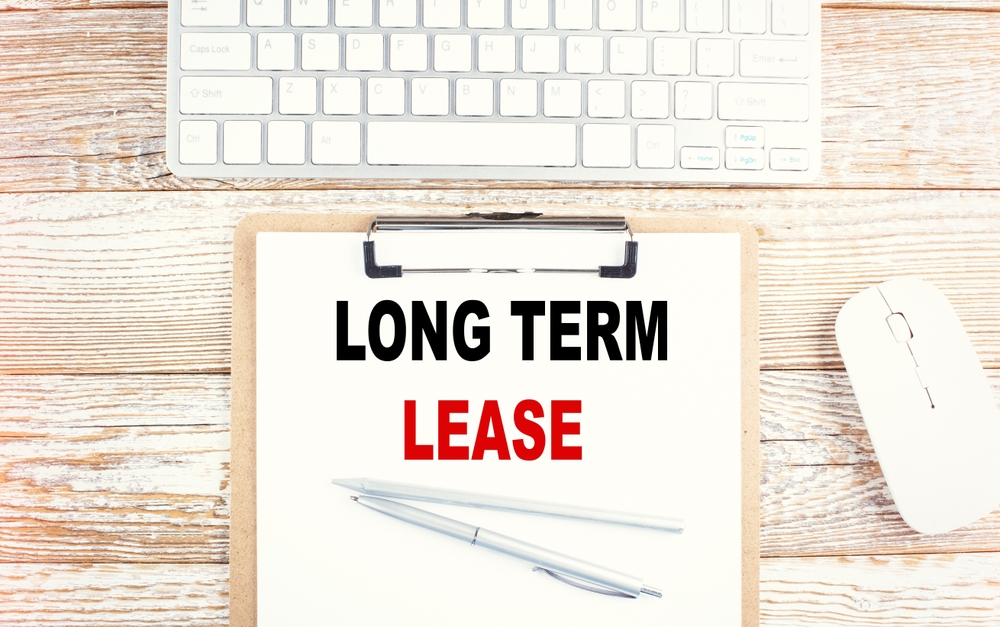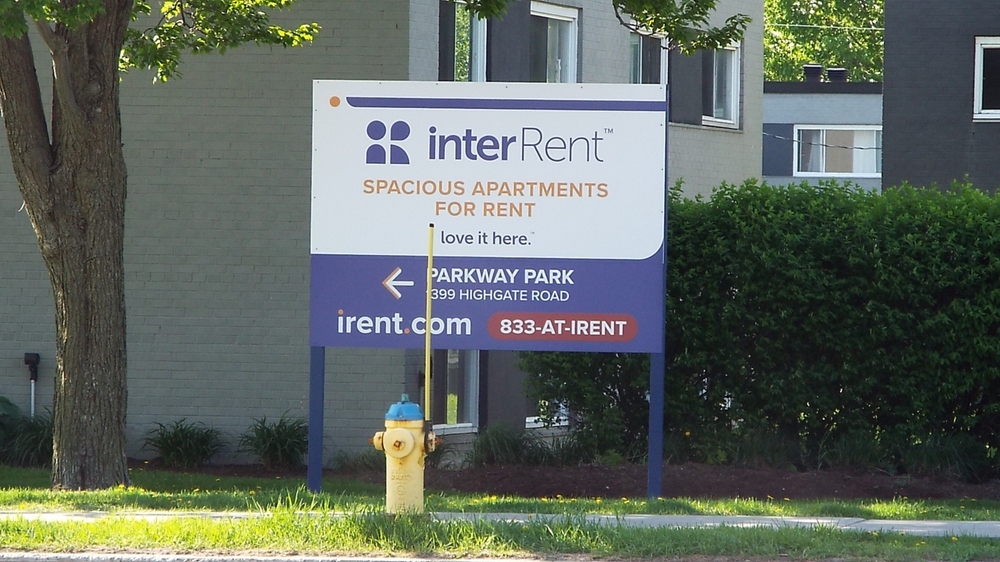With rent prices climbing steadily across Canada, many households are finding it increasingly difficult to manage monthly housing expenses. From major cities like Toronto and Vancouver to mid-sized markets such as Halifax and Calgary, tenants are under pressure to stretch their budgets. However, Canadians are proving resourceful by adopting practical strategies that ease the financial burden of renting. Here are 18 ways Canadian renters are successfully beating high living costs.
Downsizing to Smaller Apartments or Shared Housing

One of the most effective ways Canadian renters manage high housing costs is by downsizing or opting for shared housing. Smaller units generally come with lower rent, utility, and maintenance expenses. In cities such as Toronto and Vancouver, moving from a one-bedroom to a studio can save several hundred dollars monthly. For those open to shared living, splitting rent and bills with roommates reduces costs significantly while providing access to larger spaces at a fraction of the price. Downsizing also encourages minimalism, limiting unnecessary purchases and lowering furnishing costs, making this approach a practical long-term financial solution.
Renting in Neighbourhoods with Lower Demand

Location strongly influences rental costs, and Canadians are increasingly seeking homes in neighbourhoods with lower demand to cut expenses. Areas slightly outside downtown cores often offer comparable amenities at significantly reduced prices. For instance, renting in suburban regions near Toronto or Montreal can be hundreds cheaper per month compared to city-centre living. Improved public transit systems make commuting from these areas more feasible, allowing renters to balance affordability with accessibility. This strategy not only reduces rent but also often results in lower parking and utility costs, giving tenants more room in their budgets for savings or other necessities.
Negotiating Rent with Landlords at Lease Renewal

Many Canadian renters accept annual rent increases without question, but negotiation can often lead to better terms. Landlords may be willing to reduce or freeze rent if tenants have a record of timely payments and property care. Presenting evidence of comparable listings in the neighbourhood strengthens the case. Renters can also offer longer lease terms as leverage for lower rates. In competitive rental markets, landlords prefer reliable tenants over the uncertainty of finding new ones. Open and respectful communication during lease renewal often results in cost savings, making negotiation an underused yet highly effective strategy.
Subletting Extra Rooms to Cover Monthly Costs

For renters with spare bedrooms, subletting provides an additional income stream that helps offset high rent. Platforms like Kijiji, Facebook Marketplace, and even university housing boards connect tenants with potential subletters. This approach is particularly beneficial in major cities, where demand for affordable rooms remains high. Renters can also sublet short-term through platforms like Airbnb, provided lease agreements and local regulations permit it. Even renting out a room for CA$700 to CA$1,000 monthly can substantially reduce personal housing expenses. By maximising unused space, tenants can make rental costs more manageable while also building financial stability.
Using Rent-to-Own or Co-Living Arrangements

Rent-to-own and co-living models are becoming viable alternatives for Canadians navigating rising housing costs. Rent-to-own agreements allow tenants to apply part of their rent toward a future down payment, bridging the gap to homeownership. Meanwhile, co-living arrangements, where multiple tenants share a professionally managed space, offer reduced rent while covering utilities, internet, and cleaning services. These models often include community benefits, such as shared amenities and flexible leases. While not suitable for everyone, they provide cost efficiency and flexibility for those unable to commit to long-term ownership or struggling with the high upfront costs of independent rentals.
Taking Advantage of Rent Control Regulations

In provinces like Ontario and British Columbia, rent control laws limit the amount landlords can increase rent annually, helping tenants protect against steep hikes. Renters who understand these regulations can avoid paying more than legally required. For example, Ontario’s guideline for 2025 caps rent increases at 2.5%. Renters who stay in their units longer benefit the most, as market rates often rise much faster than regulated increases. Knowing tenant rights ensures renters can challenge unlawful hikes through local housing boards or tribunals. Awareness and enforcement of rent control policies allow Canadians to stabilise housing expenses over the long term.
Choosing Furnished Units to Avoid Furniture Costs

Furnished rentals provide an effective way for Canadians to reduce upfront living expenses. By choosing a furnished apartment, tenants avoid the significant cost of purchasing essential items such as beds, sofas, and dining sets, which can easily exceed CA$5,000. Furnished units are efficient for students, short-term workers, or newcomers to Canada who may not want to invest heavily in furniture. Additionally, moving expenses are reduced since fewer belongings need to be transported. While rent may be slightly higher for furnished properties, the overall savings on furniture and relocation costs often outweigh the additional monthly expense.
Splitting Utility Bills Through Roommate Agreements

Sharing accommodation offers more than just reduced rent—it also allows tenants to split utility expenses. Canadians renting with roommates can evenly divide costs for electricity, heating, internet, and water, creating predictable and manageable monthly bills. Clear agreements established in writing help avoid disputes and ensure fair distribution. In provinces with colder climates, heating bills can be substantial, making shared costs especially valuable. For example, splitting a CA$300 monthly utilities bill between three roommates lowers each person’s share to just CA$100. This arrangement provides affordability while maintaining access to necessary household services without financial strain.
Reducing Energy Bills with Smart Home Practices

Energy-saving practices are increasingly important for renters who want to keep utility bills low. Simple changes such as switching to LED lightbulbs, unplugging electronics when not in use, and adjusting thermostat settings can reduce costs noticeably. Many Canadians also use smart plugs and programmable thermostats to manage energy use more efficiently. For renters in older buildings, draft stoppers and insulated curtains help minimise heating loss during winter. While individual savings may seem small—around CA$20 to CA$40 per month—they accumulate to several hundred dollars annually. These practices also align with sustainable living, lowering both expenses and environmental impact.
Leveraging Tenant Insurance for Cost Protection

Tenant insurance is an often-overlooked tool that provides significant financial protection at a relatively low monthly cost. Policies in Canada typically cover personal belongings, liability, and temporary accommodation if a rental unit becomes uninhabitable due to events such as fire or water damage. Premiums can be as low as CA$20 per month, yet they prevent losses that could amount to thousands. For renters sharing accommodations, each tenant can purchase their policy for tailored protection. Leveraging tenant insurance helps renters avoid unexpected financial setbacks, offering peace of mind while maintaining affordable coverage against unforeseen risks.
Using Rent Reporting Services to Build Credit

Renters in Canada can now strengthen their credit profiles by using rent reporting services. These services, available through providers like FrontLobby, record timely rent payments with credit bureaus such as Equifax and TransUnion. By consistently paying rent on time, tenants build positive credit history without taking on additional debt. A stronger credit score allows renters to qualify for better loan rates, credit cards, and even future rental applications. While some services charge a small fee, the long-term benefits of improved creditworthiness far outweigh the cost. This proactive approach turns a mandatory expense into an opportunity for financial growth.
Finding Rentals Through Local Listings and Community Boards

Instead of relying solely on mainstream rental platforms, Canadians can often find more affordable housing through local listings and community boards. Websites like Kijiji, university housing boards, and neighbourhood Facebook groups frequently feature lower-cost options compared to high-traffic commercial sites. These channels may also include sublets, shared housing, or privately listed units that are not advertised widely. Tenants who engage directly with landlords through community networks often avoid hefty application fees and secure more flexible lease arrangements. By expanding their search beyond major rental platforms, renters increase their chances of finding hidden deals that reduce monthly housing costs.
Timing Lease Agreements During Off-Peak Seasons

The timing of lease agreements can significantly affect rental prices. In Canada, peak rental demand occurs during the summer months when students and new workers move into cities, driving up costs. Conversely, signing a lease during winter or early spring often leads to lower rates and greater negotiating power. Landlords facing slower demand may offer discounts, flexible terms, or even free months of rent to attract tenants. For example, shifting a move-in date from July to January can save hundreds per year. Strategically timing rental agreements allows Canadians to reduce housing expenses without compromising on location or quality.
Offering Longer Lease Terms for Reduced Rates

Many Canadian renters save money by offering longer lease commitments in exchange for reduced rent. Landlords value stability and are often willing to lower monthly rates if tenants agree to sign 18- or 24-month leases instead of standard 12-month terms. This approach benefits both parties: landlords avoid vacancy risks, while tenants lock in predictable housing costs, protecting themselves against future rent increases, and for example, negotiating a CA$50 monthly reduction over a two-year lease results in CA$1,200 in savings. While it requires commitment, securing a longer lease is an effective way to reduce long-term rental expenses.
Accessing Government Housing Support Programmes

Federal and provincial housing support programmes provide Canadian renters with financial relief in high-cost markets. Initiatives such as the Canada Housing Benefit offer monthly assistance to low-income renters, while provincial subsidies and city-specific grants help cover rent gaps. Additionally, some municipalities provide priority access to affordable housing units. Renters who qualify can reduce monthly expenses substantially without relocating or downsizing. However, awareness remains low, and many eligible households do not apply. Accessing these programmes requires careful research and timely applications, but the savings can be significant, making government assistance an underused but valuable resource.
Negotiating Free Parking or Amenities Instead of Higher Rent

In competitive rental markets, landlords may be firm on rent prices but flexible with added amenities. Canadian renters often negotiate for free parking, storage units, or included utilities instead of accepting higher monthly costs. For tenants who drive, securing complimentary parking can save CA$100 to CA$200 per month. Similarly, negotiating access to building amenities such as gyms or laundry facilities reduces the need for outside expenses. By leveraging these extras during lease discussions, tenants effectively lower their overall living costs without altering the base rent, making this an overlooked but practical way to improve affordability.
Renting in Transit-Friendly Locations to Avoid Car Ownership

Renting in neighbourhoods with strong public transit access allows Canadians to save substantially by avoiding car ownership. The annual cost of owning and maintaining a vehicle in Canada can exceed CA$10,000, factoring in fuel, insurance, maintenance, and parking. By choosing rentals near primary bus, subway, or commuter rail lines, tenants eliminate or reduce this burden. Transit-friendly living also saves time and reduces environmental impact. While rents in transit-accessible areas may be slightly higher, the overall financial benefit of not owning a car far outweighs the difference, making this strategy both cost-effective and sustainable.
Participating in Rent-to-Own Co-ops and Community Housing Options

Rent-to-own co-ops and community housing initiatives provide renters with long-term affordability while building equity. In rent-to-own co-ops, part of the rent contributes toward eventual ownership, giving tenants a pathway into Canada’s competitive housing market. Community housing options, often supported by non-profit organisations or municipalities, offer below-market rents while fostering shared responsibility among residents. These models reduce monthly housing expenses and create more stability compared to private rentals. Although availability is limited, Canadians who explore these alternatives often find significant savings and long-term benefits, making them a valuable strategy for renters seeking financial security.
21 Products Canadians Should Stockpile Before Tariffs Hit

If trade tensions escalate between Canada and the U.S., everyday essentials can suddenly disappear or skyrocket in price. Products like pantry basics and tech must-haves that depend on are deeply tied to cross-border supply chains and are likely to face various kinds of disruptions
21 Products Canadians Should Stockpile Before Tariffs Hit